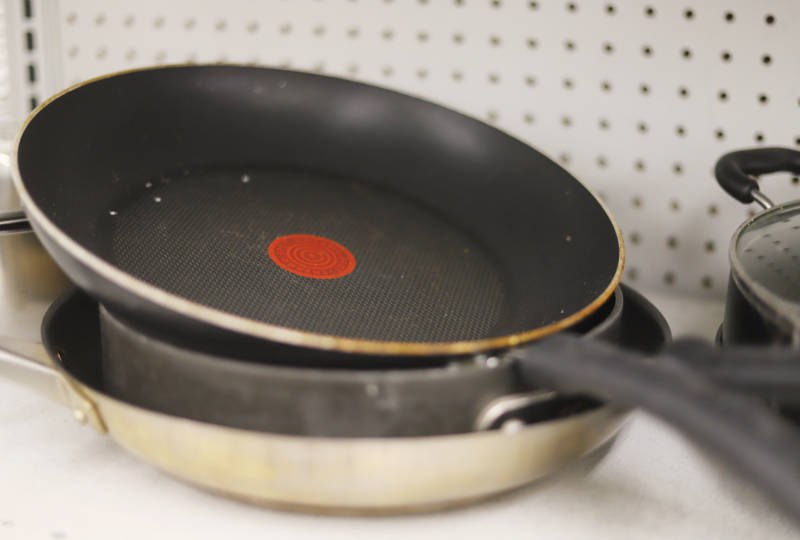Over 75 years, a billion-dollar industry has grown up around a group of toxic chemicals that helps keep carpets clean, makes water roll off of camping equipment, and stops your food from sticking to frying pans. There are nearly 5,000 of these chemicals in a class called PFAS, for perfluoralkyl and polyfluoroalkyl substances.
We’re just beginning to understand the risk they pose. What chemists know is that the tough carbon-fluorine bonds in these “forever chemicals” make them break down very slowly in the environment — posing a persistent risk to water supplies.
PFAS Linked to Liver and Developmental Problems
The Centers for Disease Control has profiled PFAS, which has been studied in people and in animals. Studies have linked to it developmental problems, thyroid disease, harm to the immune system, and impaired liver function. The CDC and Environmental Protection Agency also say some of the chemicals in this class may cause cancer.

